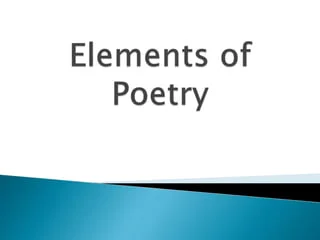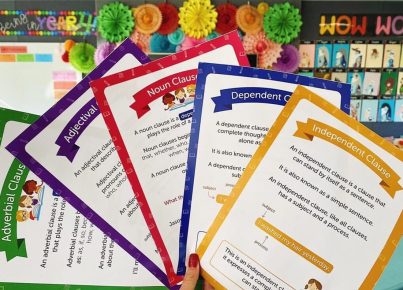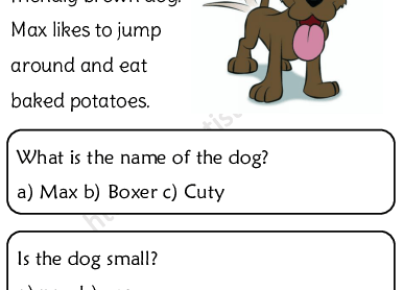Poetry is an evocative form of literature that utilizes language in unique ways to express ideas, emotions, and stories. At its core, poetry is about crafting a resonant experience through the interplay of words and sounds. When constructing a PowerPoint presentation centered on the components of poetry, there are several critical elements to consider in order to convey a comprehensive understanding of this literary art.
1. Structure: This encompasses the form and layout of a poem, including line length, stanza arrangement, and overall organization. The structure can signify the rhythm or enhance the meaning conveyed by the text.
2. Rhythm: The musicality within poetry is defined by its rhythm or meter—patterns of stressed (/’/) and unstressed (/x/) syllables that create a beat. This element is essential in breathing life into the verses.
3. Rhyme: Not all poems rhyme, but for those that do, rhyme schemes can add harmony and memorability to a poem. Rhymes can be end rhymes at the ends of lines or internal rhymes that occur within lines.
4. Imagery: Using vivid and descriptive language to appeal to readers’ senses is an integral part of poetry. Imagery allows poets to paint pictures with words, invoking visual sensations or other sensory experiences.
5. Language: Diction (word choice) in poetry is deliberate and charged with meaning. Poets often use figurative language such as metaphors, similes, personification, and hyperbole to convey complex emotions and concepts.
6. Tone: The poet’s attitude towards the subject or reader influences the mood of the poem. It can range from solemn to ironic to joyous, providing depth to the interpretation of the text.
7. Theme: The underlying message or central idea within a poem gives insight into what the poet is trying to communicate or explore. Themes in poetry often touch upon universal human experiences such as love, loss, identity, or nature.
8. Sound Devices: Besides rhythm and rhyme, poetic sound devices like alliteration (repetition of consonant sounds), assonance (repetition of vowel sounds), consonance (repetition of consonant sounds not limited to initial letters), and onomatopoeia (words that imitate natural sounds) contribute to the overall auditory effect.
9. Symbolism: Objects, characters, or events in a poem can represent broader concepts or ideas, adding multiple layers of meaning for readers to unravel.
These components are crucial when analyzing or creating poetry. Each element plays a part in invoking feelings and thoughts from readers while also establishing the unique signature piece that every poet brings into their work.





